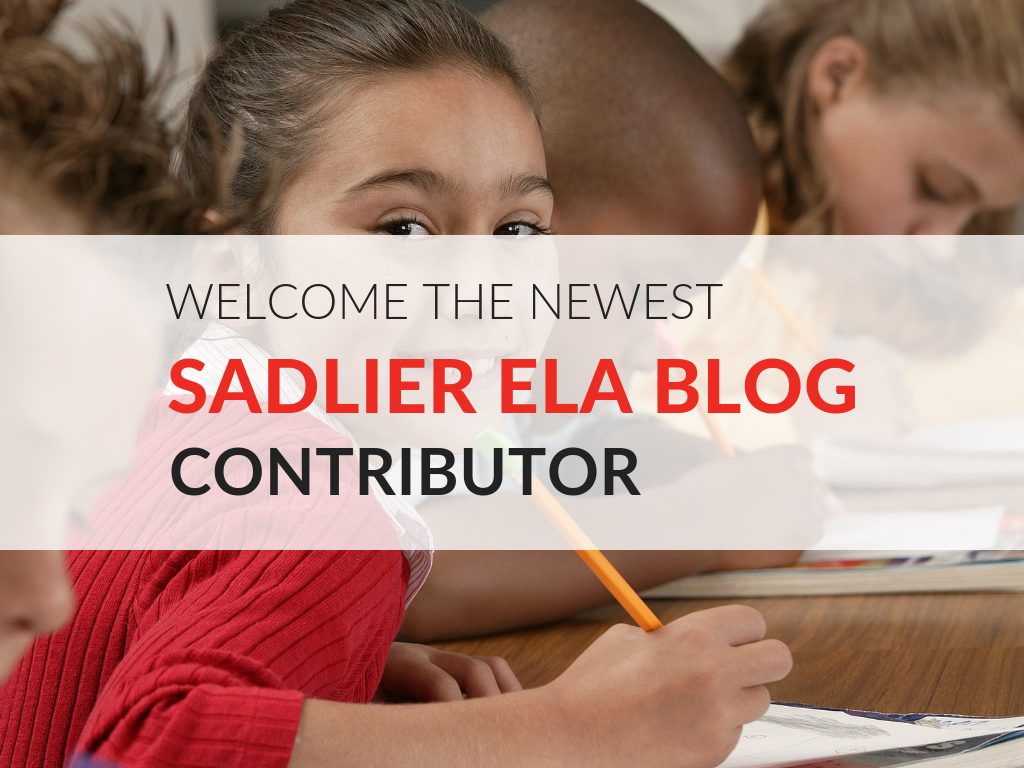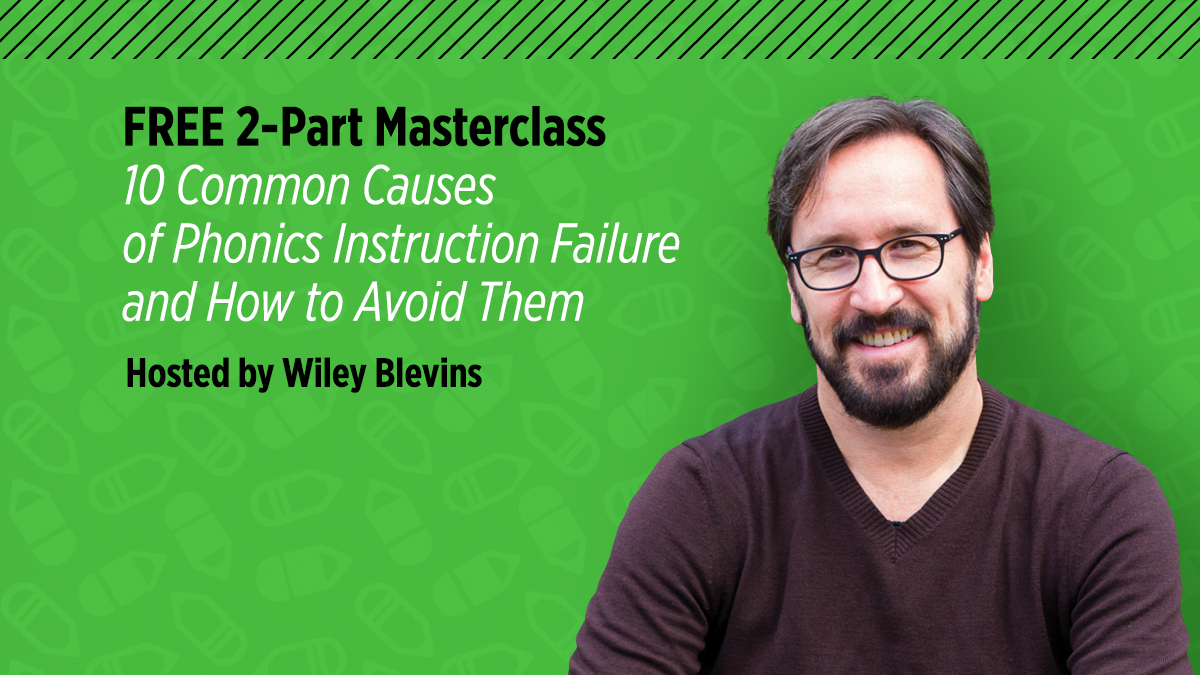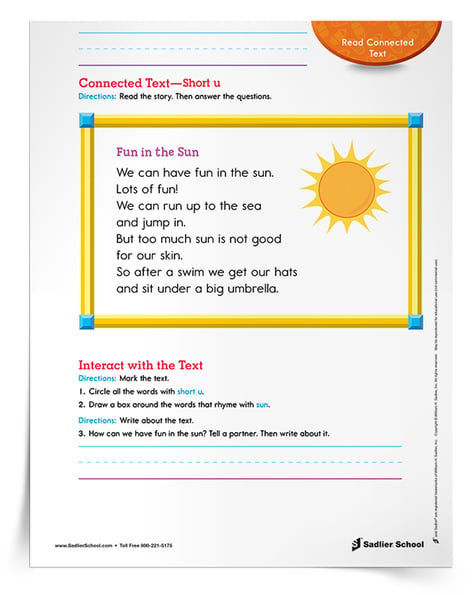1.800.221.5175
Mathematics
Sadlier PreK with Wiley Blevins
Knowledge-Building Early Childhood Program
Preview
|
Progress Mathematics
Grades K–8
Reading & Writing
From Phonics to Reading
Grades K–3
Building Reading Success with Wiley Blevins
Grades K–5
Vocabulary
Vocabulary Workshop, Tools for Comprehension
Grades 1–5
Vocabulary Workshop Achieve
Grades 6–12+
|




 True story—I started out teaching high school seniors, and ended up teaching fourth graders. It was an odd (but amazing) journey! After completing my Masters, I spent a year learning and student teaching in a Grade 12 English Language and Literature class in Cambridge, MA. Having mentally committed myself to a career in high school, I was shocked when the principal asked me to take over for the Grade 8 ELA teacher (who suddenly went into labor over Thanksgiving break). Terrified of middle schoolers, but eager to prove myself, I jumped right in. Thankfully, I’ve never looked back.
True story—I started out teaching high school seniors, and ended up teaching fourth graders. It was an odd (but amazing) journey! After completing my Masters, I spent a year learning and student teaching in a Grade 12 English Language and Literature class in Cambridge, MA. Having mentally committed myself to a career in high school, I was shocked when the principal asked me to take over for the Grade 8 ELA teacher (who suddenly went into labor over Thanksgiving break). Terrified of middle schoolers, but eager to prove myself, I jumped right in. Thankfully, I’ve never looked back.

